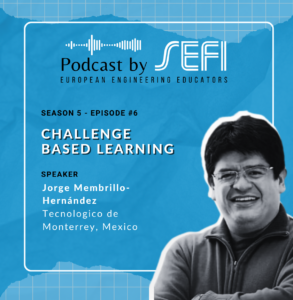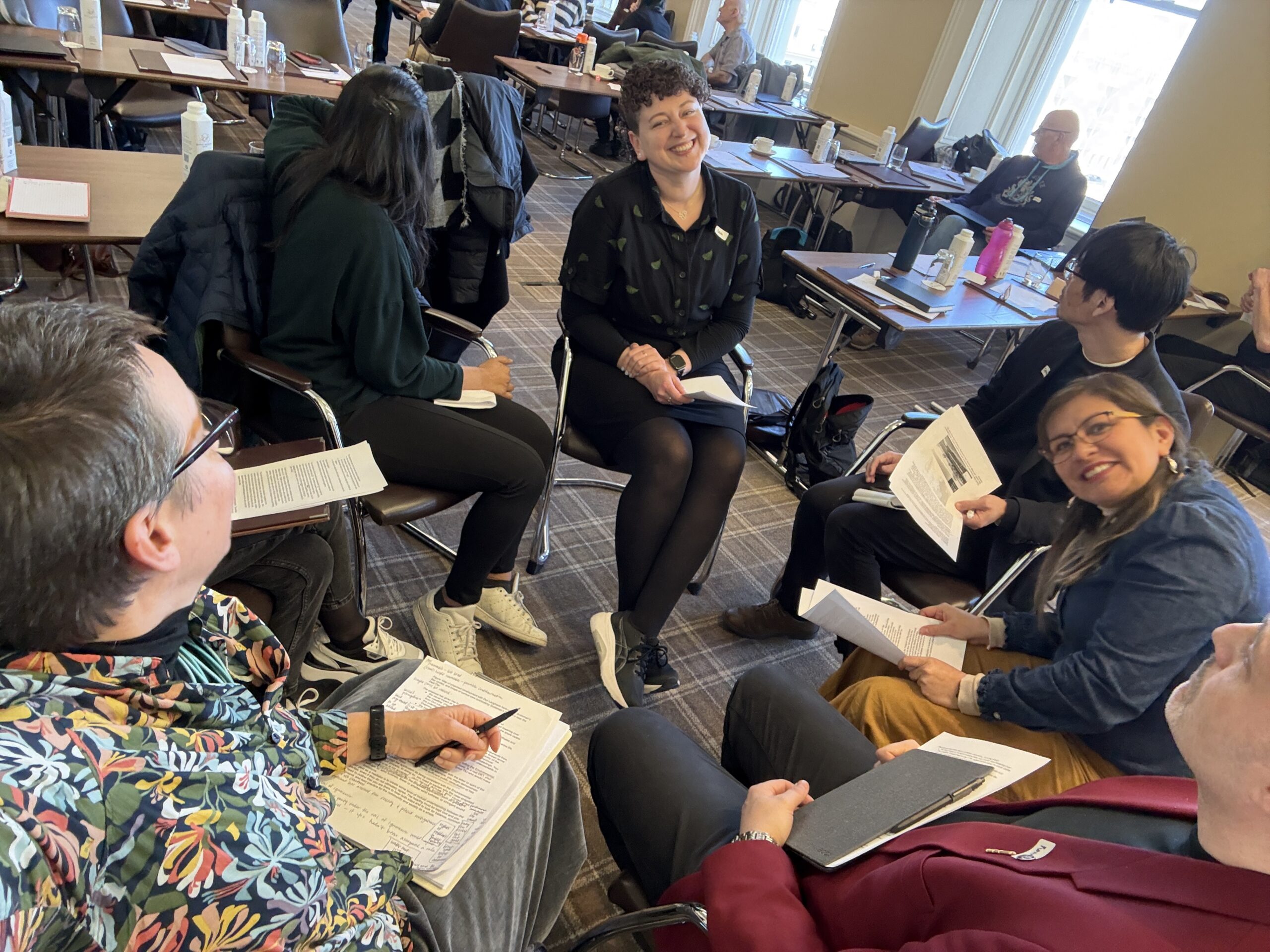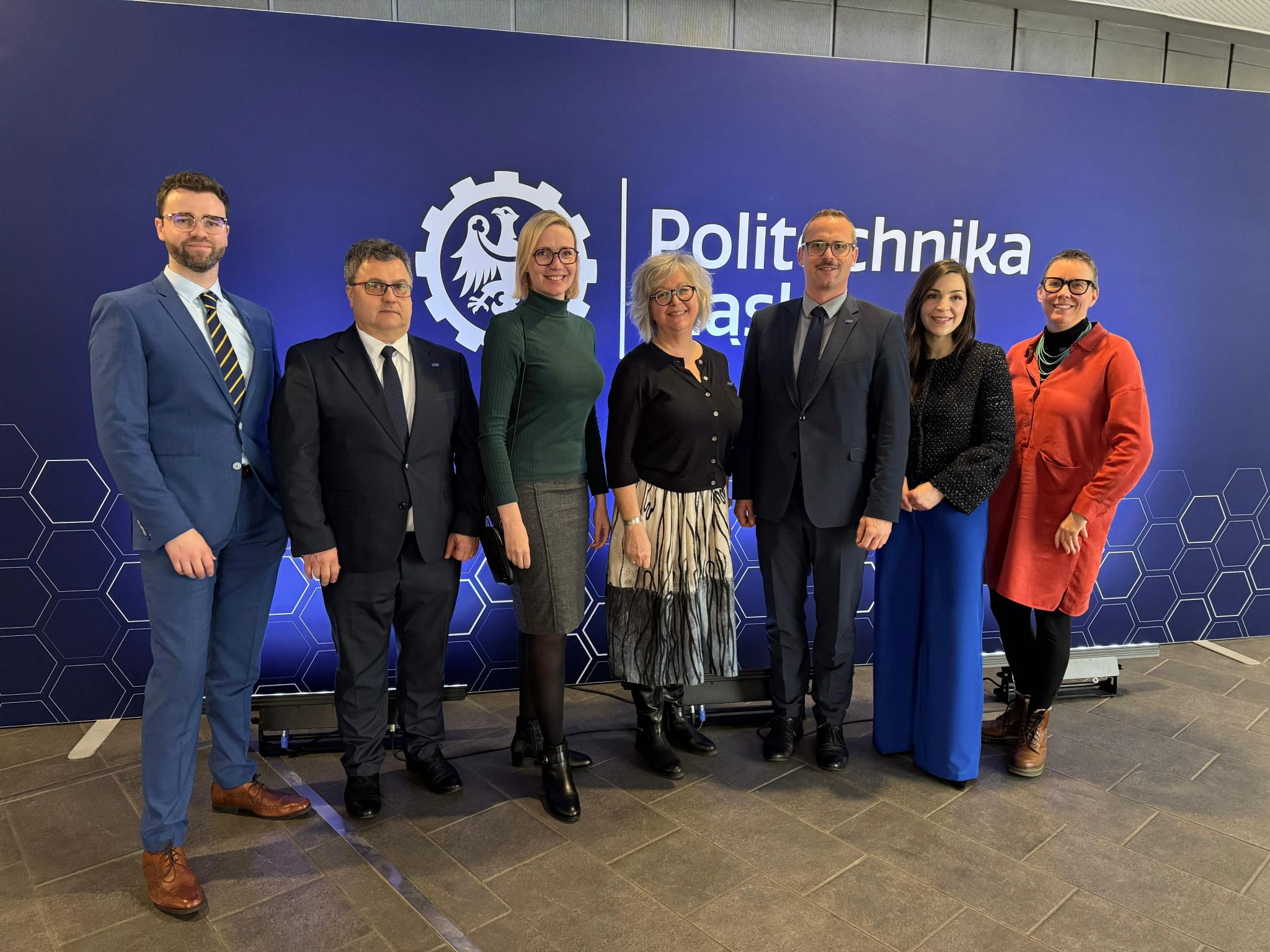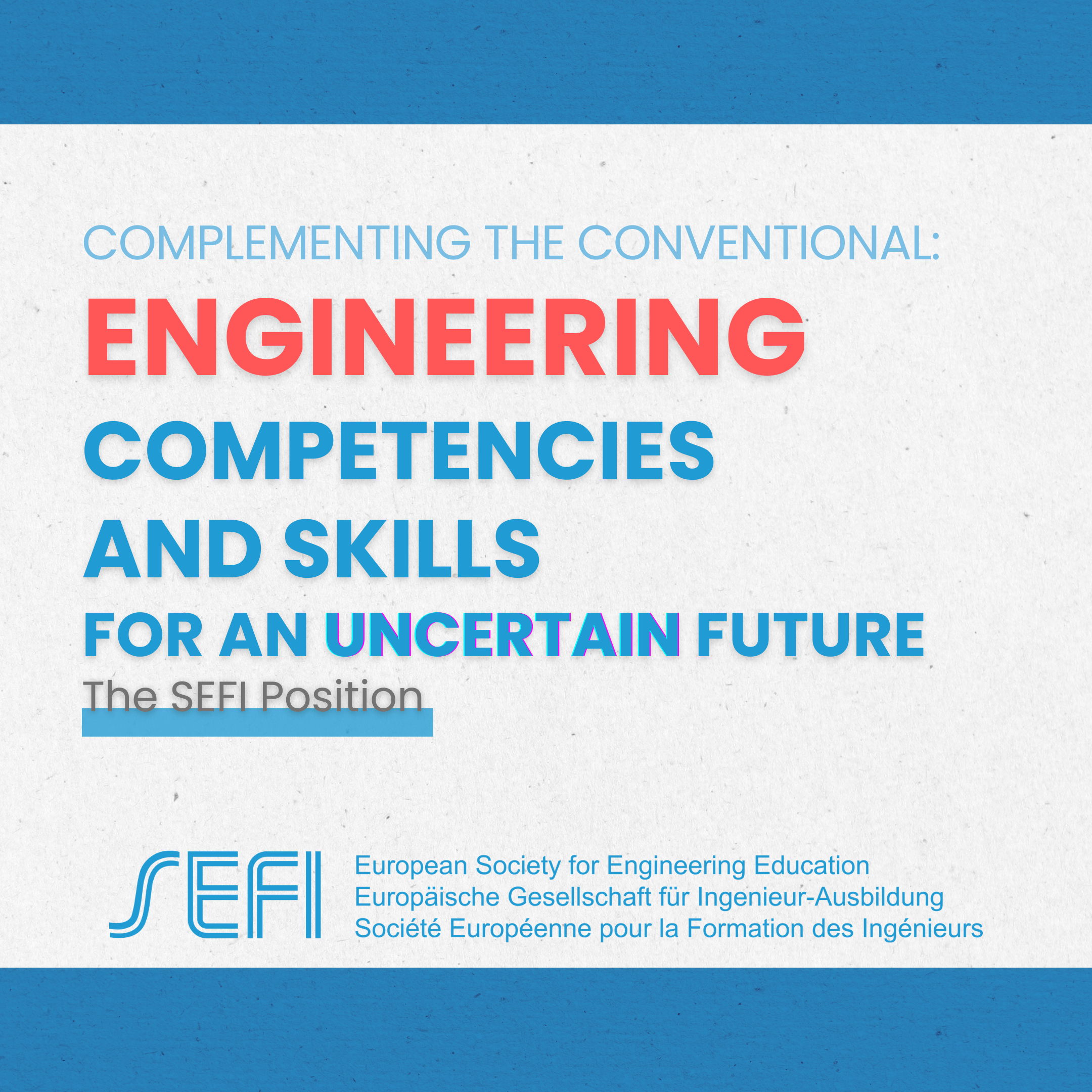From 24 to 26 March, 35 delegates from around the world gathered at the Royal…
Challenge-Based Learning (CBL) is transforming engineering education by allowing students to tackle real-world interdisciplinary challenges in collaboration with external partners. Jorge Membrillo-Hernández from Tecnologico de Monterrey is a pioneer in integrating CBL.
Engineering education is home to many different learning approaches including problem, project, and challenge-based learning, as well as studio learning. At the same time, technological advances mean that there is an increasing focus on virtual learning, and collaboration across geographical contexts. The wide variety of approaches at our disposable necessitates choices to be made regarding what, and how, ideas will be incorporated, and indeed at what scale.
In this episode we speak to Jorge Membrillo-Hernández from Tecnologico de Monterrey. Jorge has a wealth of experience in using a variety of teaching and assessment methods in many different contexts. Jorge incorporates challenge-based learning (CBL) at a programme level, with challenges drawn from both local and global partners. He is particularly interested in socially oriented interdisciplinary STEM education, and COIL (collaborative on-line learning classroom). He has over 100 publications with over 2000 citations and an h-index of 26) and is probably the most published author focusing on CBL within engineering!
The context
Jorge explains that the Tecnologico de Monterrey is a private university in northern Mexico. He tells us about Tec21, a new educational model, which started in 2012, being fully implemented in 2019 and that CBL is one of the Tec21 Educational Model pillars. He also tells us about the Institute for the Future of Education (IFE), where CBL is one strong line of research.
What is CBL?
Jorge explains that CBL shares characteristics with Project-Based Learning (PBL) in that both approaches get students involved in development of solutions to real-world problems. However, PBL presents a problem to solve and often uses scenarios of fictitious cases whereas CBL offers open issues from which students determine the challenge they will address, as opposed to being given a specific problem. CBL is therefore more focused on the process, which involves developing competencies, than the product or solution.
He explains that CBL is rooted in Experiential Learning (EL), which posits that students learn better during active participation and when they have opportunities to apply what they learn to real situations.
Who is involved in CBL?
Jorge tells us that working with an industrial partner constitutes one way by which to increase complexity and uncertainty levels, and that these types of experience therefore often lead to greater skill development. He explains that a benefit of working with companies is building relationships which also leads to internship opportunities. However, he also speaks of the amount of work involved as teachers may accompany students to company premises to ensure that students are given a specific challenge with a specific end goal and that they are given something appropriate for their expertise.
The role of faculty
Jorge explains that the implementation of CBL has been gradual, and that faculty have undergone a change of mindset from being seen as someone in front of the blackboard and the culture of students has changed from taking notes for a summative exam.
He also explains that, whereas in problem and project-based learning, the teacher acts as facilitator, project manager or guide, in CBL the teacher is a coach or co-researcher, who works with both internal and external expert partners. The challenge solving approach is thus multidisciplinary and implies that the teacher may not be an expert and will need the help of other teachers.
An example
Jorge provides a specific example of working with a pharmaceutical company close to the campus who had a problem with the European Environmental Agency pertaining to the waste management of blister packaging made out of metal and plastic which take hundreds of years to biodegrade once sent to landfill. Jorge explains how, when faced with the problem, teachers from various disciplines including mechatronics, sustainable development engineering, mechanical and electric engineering, as well as biotechnology, came together to plan a CBL experience for students, ensuring that the goals of the challenges were aligned with taught concepts.
Assessment
In terms of assessment, Jorge explains that there is a need for two types of assessment (one focused on the ‘solution’ to the challenge and one on competencies) and that a lot of preparation, often involving the industrial partner, is required in deciding how to evaluate students. He also tells us that he has data to suggest that groups exposed to challenge-based learning demonstrate greater understanding than those taught via traditional means.
Global classrooms
Jorge explains that they are expanding the approach taken to CBL by way of introducing the global classroom which involves partner faculty in different locations and whereby a challenge is shared across international teams. This process allows students to develop skills in intercultural communication in an inclusive manner.
Jorge tells us about some of the reservations students may have about CBL and approaches to overcome associated challenges. He explains that resistance was particularly bad during the pandemic when students (and parents) expected to be provided with knowledge rather than acquire it for themselves, and that he spends time discussing the proved employability benefits of CBL with students.
Global Citizens
Jorge explains a need to make students aware of their environment and to take account of their interests and the issues impacting them when designing educational offerings, providing examples of the adverse weather caused by climate change, killings in Mexico City, migration, corruption, and drug trafficking. He proposes socially orientated education as a means by which to expose students to real challenges and claims that it is not enough to produce an excellent student, but that there is a need to develop a global citizen.
Resources
You can find out more about Jorge and via his institutional home page:
https://research.tec.mx/vivo-tec/display/PID_289299
His publications can also be found through ResearchGate:
https://www.researchgate.net/profile/Jorge-Membrillo-Hernandez
and Google Scholar:
https://scholar.google.com/citations?user=BpZtoj8AAAAJ&hl=es



